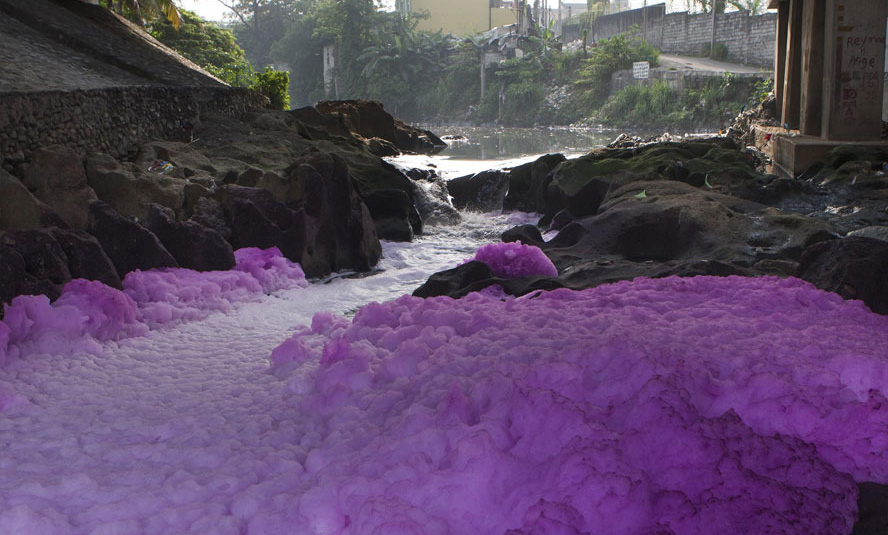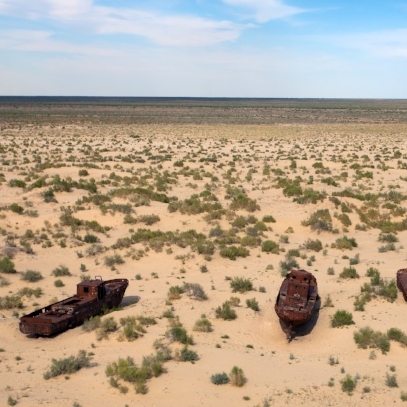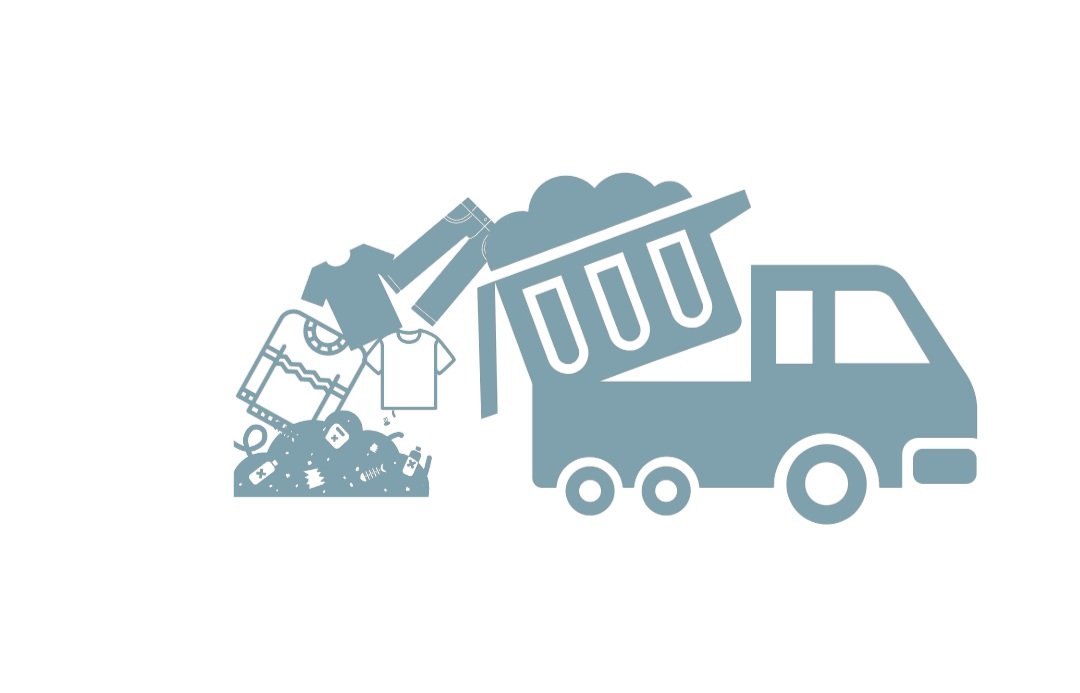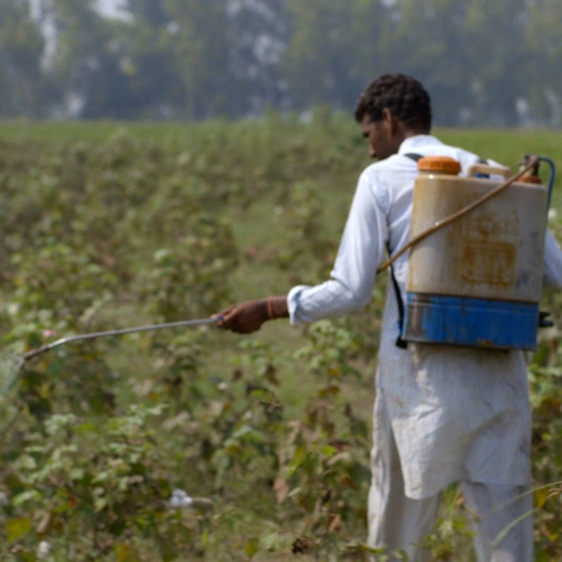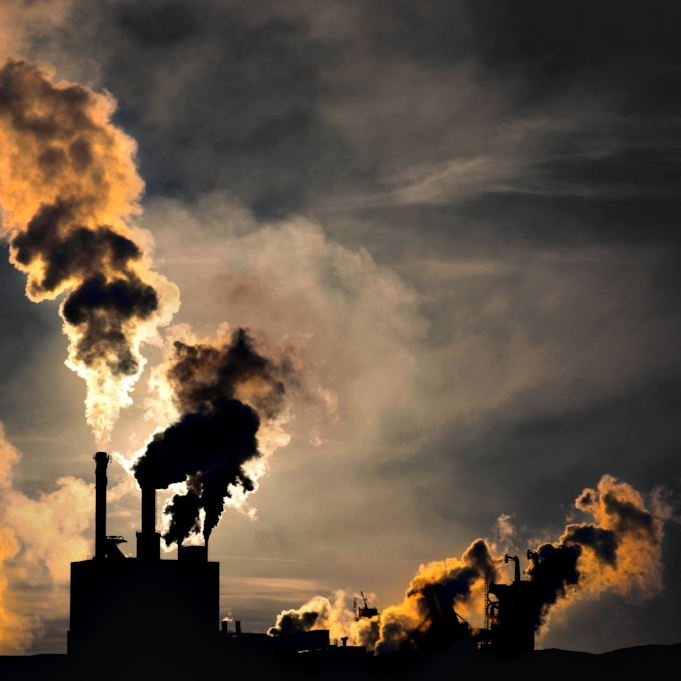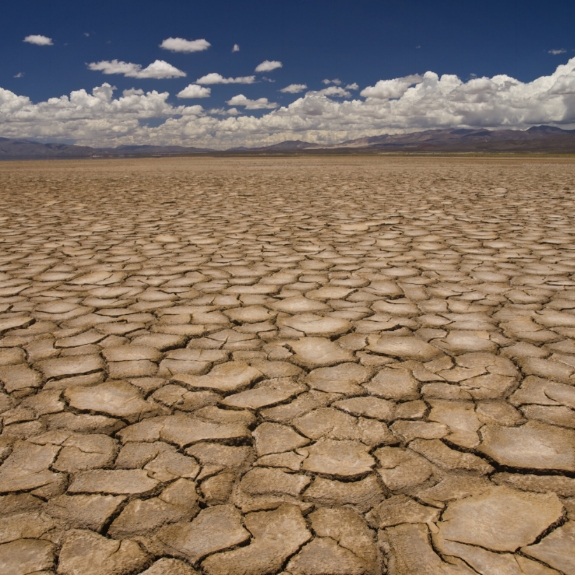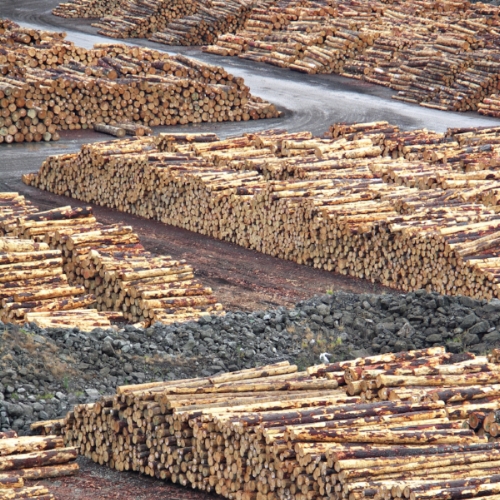Fashion’s Environmental Impacts
The fashion industry is the second largest polluter in the world just after the oil industry. And the environmental damage is increasing as the industry grows.
However, there are solutions and alternatives to mitigate these problems. The first step lies in building awareness and willingness to change.
Water pollution of the fashion industry
In most of the countries in which garments are produced, untreated toxic wastewaters from textiles factories are dumped directly into the rivers.
Wastewater contains toxic substances such as lead, mercury, and arsenic, among others. These are extremely harmful to the aquatic life and the health of millions of people living by those river banks. The contamination also reaches the sea and eventually spreads around the globe.
Another major source of water contamination is the use of fertilizers for cotton production, which heavily pollutes runoff waters and evaporation waters.
What can we do about it?
Choose clothes made in countries with stricter environmental regulations for factories (EU, Canada, US...)
Choose organic fibers and natural fibers that do not require chemicals to be produced
Source: Gigie Cruz-Sy / Greenpeace
20% of the industrial water pollution
comes from textiles treatment and dyes
200.000 tons of dyes
are lost to effluents every year
22.000 litres of toxic waste
are dumped into rivers by tanneries in Bangladesh every DAY
Water consumption of the fashion industry
The fashion industry is a major water consumer.
A huge quantity of freshwater is used for the dyeing and finishing process for all of our clothes. As a reference, it can take up to 200 tons of freshwater per ton of dyed fabric.
Also, cotton needs A LOT of water to grow (and heat), but is usually cultivated in warm and dry areas. Around 9,700 liters are needed to produce just 1kg of cotton. This generates tremendous pressure on this precious resource, already scarce, and has dramatic ecological consequences such as the desertification of the Aral Sea, where cotton production has entirely drained the water (see pictures above).
"85 % of the daily needs in water of the entire population of India would be covered by the water used to grow cotton in the country. 100 million people in India do not have access to drinking water." says Stephen Leahy from The Guardian.
What can we do about it?
Choose fibers with low water consumption such as linen, recycled fibers, etc
5 trillion liters of water
are used by the fashion industry each year
2,6% of the global fresh water
is used to produce cotton
785 million people in the world
DO NOT have access to drinking water
Microfibers pollution of the fashion industry
Cora Ball/Rozalia Project
Every time we wash a synthetic garment (polyester,nylon, etc), about 700.000 individual microfibers are released into the water, making their way into our oceans. Scientists have discovered that small aquatic organisms ingest those microfibers. These are then eaten by small fish which are later eaten by bigger fish, introducing plastic in our food chain. See more info #WhatsInyMyWash and on Stop! Micro Waste.
A recent study is also showing that wearing synthetic fibers is releasing plastic microfibers into the air. According to the study one person “could release almost 300 million polyester microfibres per year to the environment by washing their clothes, and more than 900 million to the air by simply wearing the garments”.
Wash clothes only when you need to
Wash clothes at a lower temperature (30ºC)
190,000 tons
of textile microplastic fibers are going into the oceans each year
Twice as many
particles are released by older garments compared to new ones
52% of our clothes
contain polyester
Waste problem of the fashion industry
Clothing has clearly become disposable. As a result, we generate more and more textile waste. A family in Europe throws away an average of 11 kg of clothing each year. Only 15% is recycled or donated, and the rest goes directly to the landfill or is incinerated.
Synthetic fibers, such as polyester, are plastic fibers, therefore non-biodegradable, and can take up to 200 years to decompose. Synthetic fibers are used in 69% of our clothing.
What can we do about it?
The True Cost Movie
The equivalent of 1 garbage truck
of textiles is wasted every second
5,8% of the waste in US’ landfills
are textiles
Just a few years
is the average lifetime of a garment today
Chemicals in the fashion industry
Chemicals are one of the main components in our clothes.
They are used during fiber production, dyeing, bleaching, and wet processing of each of our garments.
The heavy use of chemicals in cotton farming is causing diseases and premature death among cotton farmers, along with massive freshwater and ocean water pollution and soil degradation.
Some of these substances are also harmful to the consumer (see section about toxicity).
What can we do about it?
Choose organic fibers
Choose sustainable brands
Always wash new clothes before using them for the first time
Look for garments with certification label controlling chemical content such as OEKO-TEX®, GOTS, or BLUESIGN®
The True Cost Movie
Thousands of people
die of cancer and miscarriages every year as a result of chemicals sprayed on cotton
24% of the insecticides & 11% of the pesticides
produced globally are used for cotton production
A large portion of all chemicals
produced worldwide are used for the textile industry
Greenhouse gases emissions of the fashion industry
The fashion industry accounts for between 5% and 10% of global greenhouse gas emissions.
The global fashion industry is generating a lot of greenhouse gases due to the energy used during its production, manufacturing, and transportation of the million garments purchased each year.
Synthetic fibers (polyester, acrylic, nylon, etc.), used in the majority of our clothes, are made from fossil fuel, making production much more energy-intensive than with natural fibers.
Most of our clothes are produced in China, Bangladesh, or India, countries essentially powered by coal. This is the dirtiest type of energy in terms of carbon emissions.
Also, according to James Conca from FORBES: " Cheap synthetic fibers also emit gases like N2O, which is 300 times more damaging than CO2."
What can we do about it?
Choose natural fibers
Buy clothes made in countries powered by more renewable energy
Between 5% and 10%
of global greenhouse gas emissions are generated by the fashion industry
The more you rewear garment,
the lower the carbon emissions are
70 million oil barrels
are used every year to produce polyester
Soils degradation caused by the fashion industry
The soil is a fundamental element of our ecosystem. We need healthy soil for food production but also to absorb CO2. The massive, global degradation of soil is one of the main environmental issues our planet is currently facing. It presents a major threat to global food security and also contributes to global warming.
The fashion industry plays a major part in degrading soil in different ways: overgrazing of pastures through cashmere goats and sheep raised for their wool; degradation of the soil due to massive use of chemicals to grow cotton; deforestation caused by wood-based fibers like rayon.
What can we do about it?
Choose fibers friendly to the soil
77% of Mongolia’s surface
is facing the threat of desertification, principally due to the breeding of cashmere goats
A decrease of 30% of food production
over the next 20-50 years will be cause by degraded soil if nothing changes
A large part of Patagonia
is affected by desertification due to sheep grazing
Rainforest destruction caused by the fashion industry
Every year, thousands of hectares of endangered and ancient forests are cut down and replaced by plantations of trees used to make wood-based fabrics such as rayon, viscose, and modal.
This loss of forests is threatening the ecosystem and indigenous communities, as in Indonesia where large-scale deforestation of the rainforests has taken place over the past decade.
What can we do about it?
Choose Lyocell/Tencel® instead of rayon, modal or viscose
200 million trees
are cut down each year to make our clothes
30% of rayon and viscose clothing
comes from endangered and ancient forest
6% of the global apparel industry
uses forest-based fabrics



